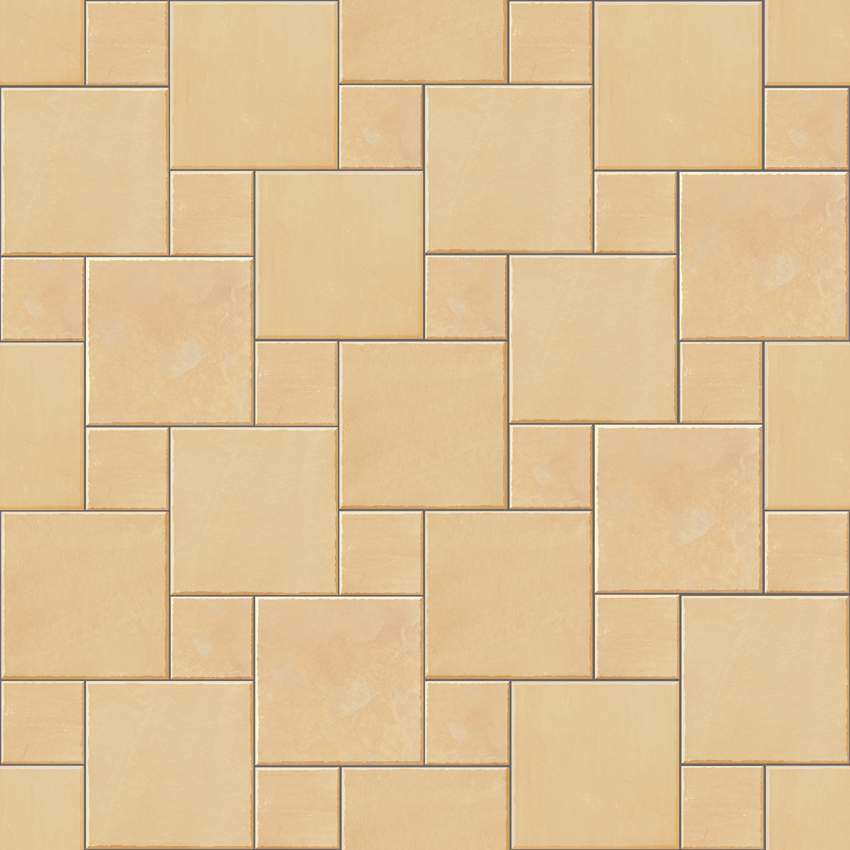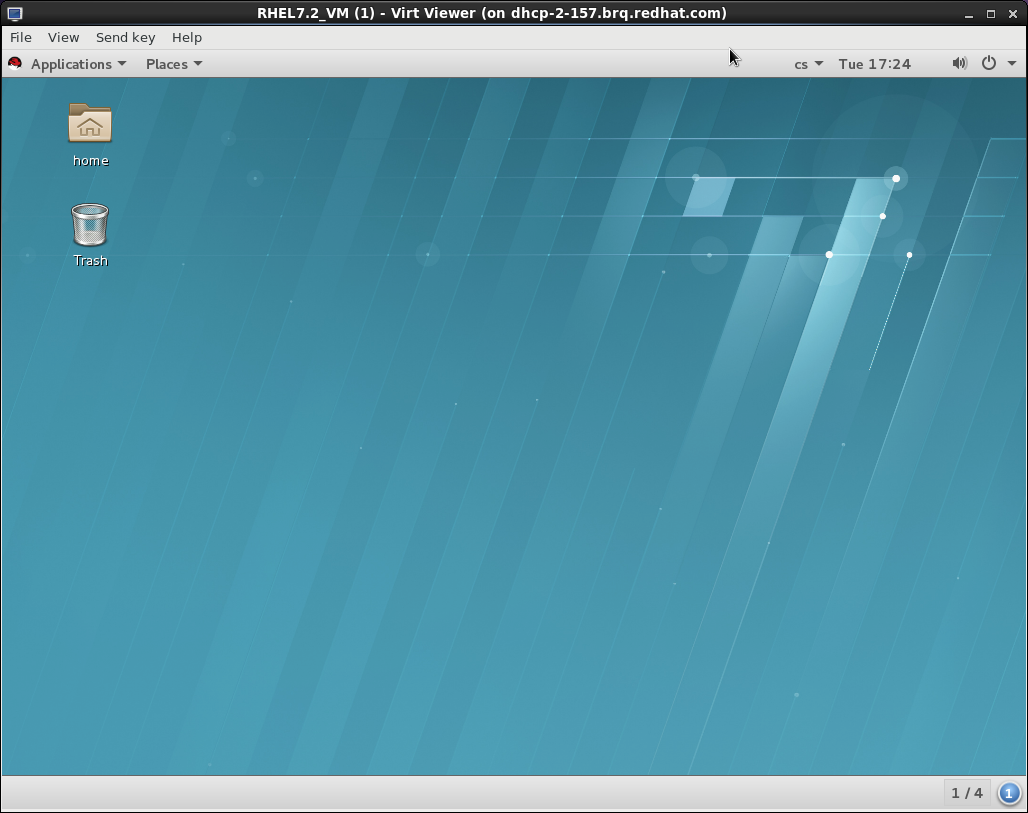

The rest of this guide uses VNC.Ĭreate a vms folder in your home directory, and generate a disk image. virt-viewer can be installed through homebrew. With virt-viewer, you get a popup with all the VMs currently running, but it is laggy and takes an eternity to install. The VNC client is responsive and quick to install, but if you have multiple VMs you need to manually manage the different ports. There are two ways to access the virtual display of the VM, either using a VNC client or the virt-viewer program.
VIRT VIEWER FOR MAC INSTALL
First, install homebrew, which is a package manager for macOS.But if you just need to test, for example, node.js or nginx on a Linux VM, then this method is great.

To be clear, this method doesn't support USB Passthrough, GPU Passthrough, or bridge networking. Plus, when you shutdown macOS, it sends a shutdown signal to your VMs as well. And Parallels wants you buy the Pro Edition to gain access. Running VMs in the background seems like a simple feature, but it requires a lot of complex configuration for both VirtualBox and VMWare Fusion. without a desktop GUI, so that I can SSH into them. Just say no to kexts!įurthermore, like many developers, I like to run VMs headless, i.e. QEMU on the other hand has had support for Hypervisor.Framework since 2018. This means the installer will ask for admin access to install kernel extensions, a feature Apple is now phasing out for security reasons. However, VirtualBox does not support macOS's Hypervisor.Framework, a virtualization API created to limit kernel modification. There does exist an open-source alternative (from Oracle!) called VirtualBox, which works pretty well. Unlike Parallels Desktop and VMWare Fusion, you won't need to pay for expensive subscriptions or manage licenses. Why is libvirt and QEMU better? First of all, it's free and open-source.
VIRT VIEWER FOR MAC HOW TO
I was surprised that with so many software developers using MacBooks everyday, nobody has created a guide on how to use libvirt and QEMU with macOS. Today I will be showing the opposite, virtualizing Linux on macOS using the same tools.

I first learned about libvirt and QEMU three years ago when I wrote a guide on how to virtualize macOS on a Linux system.


 0 kommentar(er)
0 kommentar(er)
